Mental Matters
It’s Our Playground
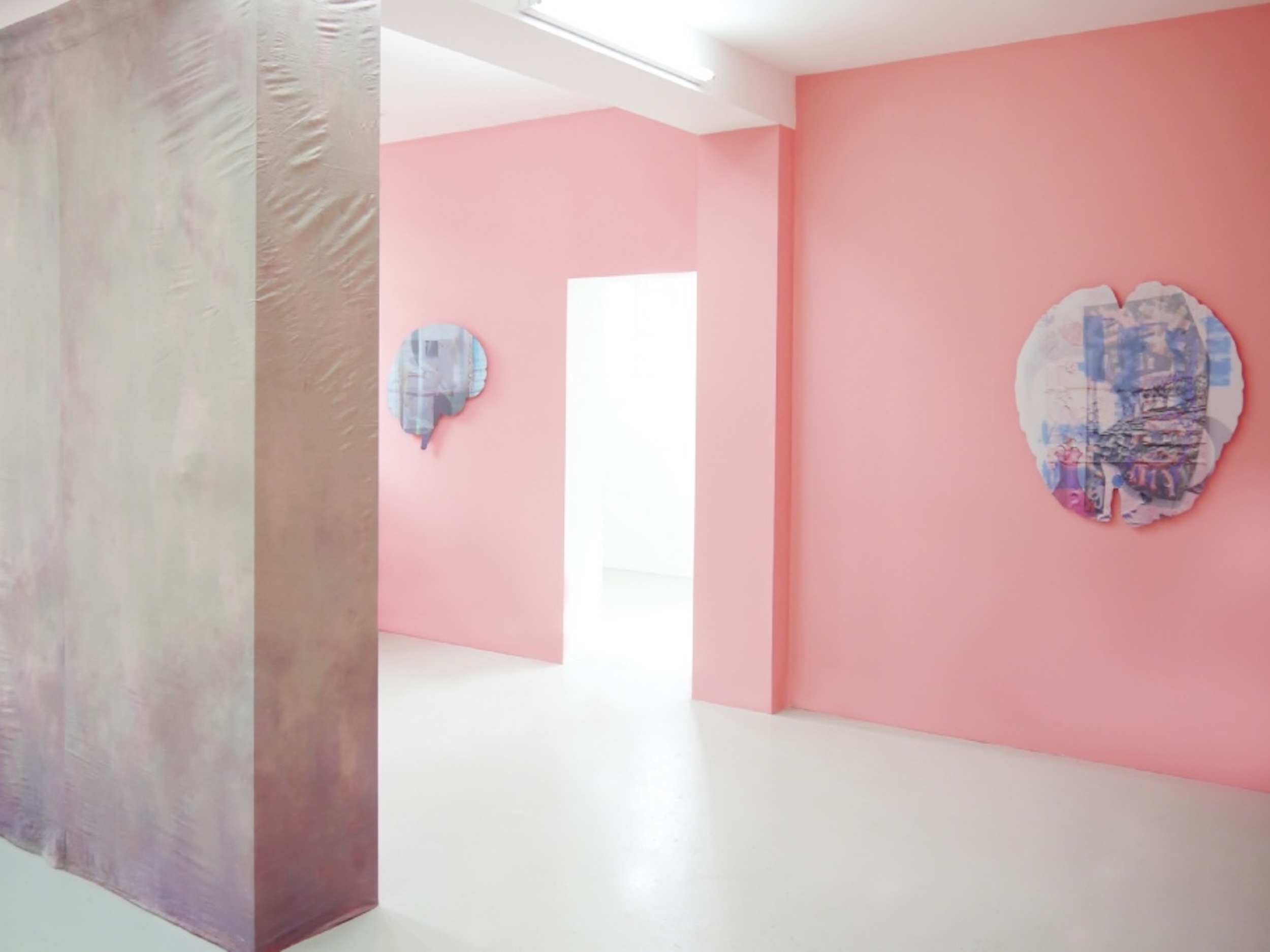
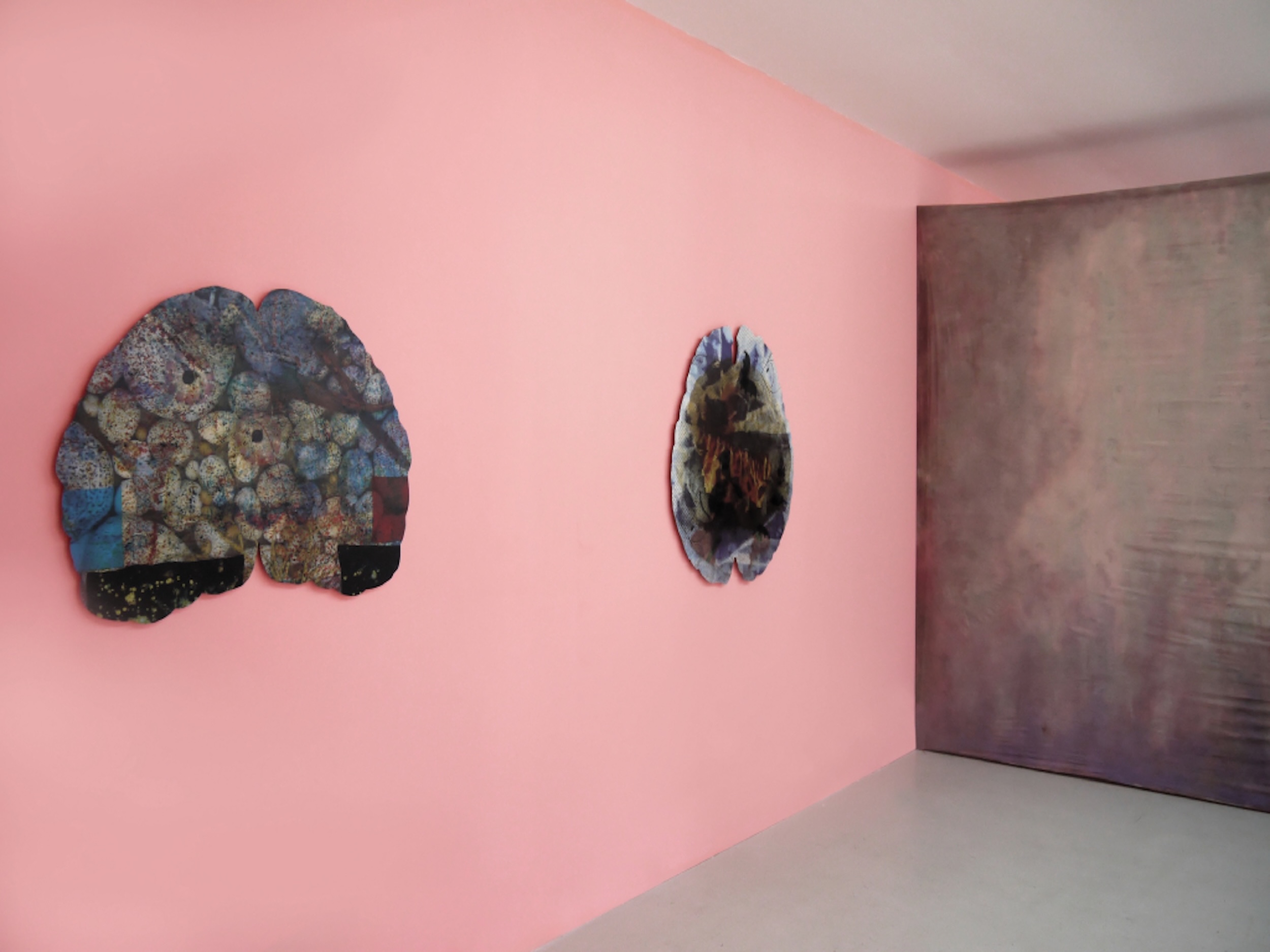
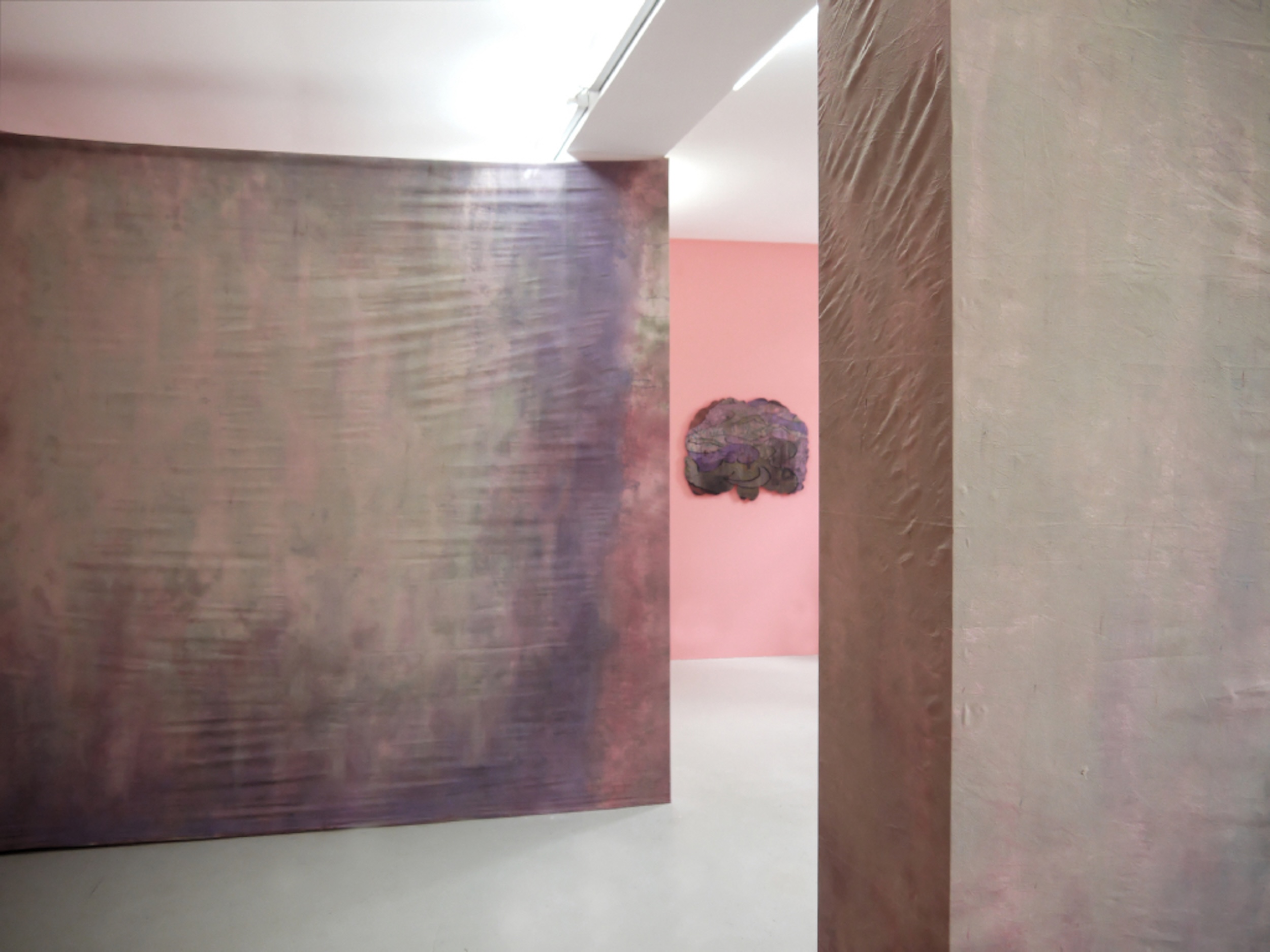
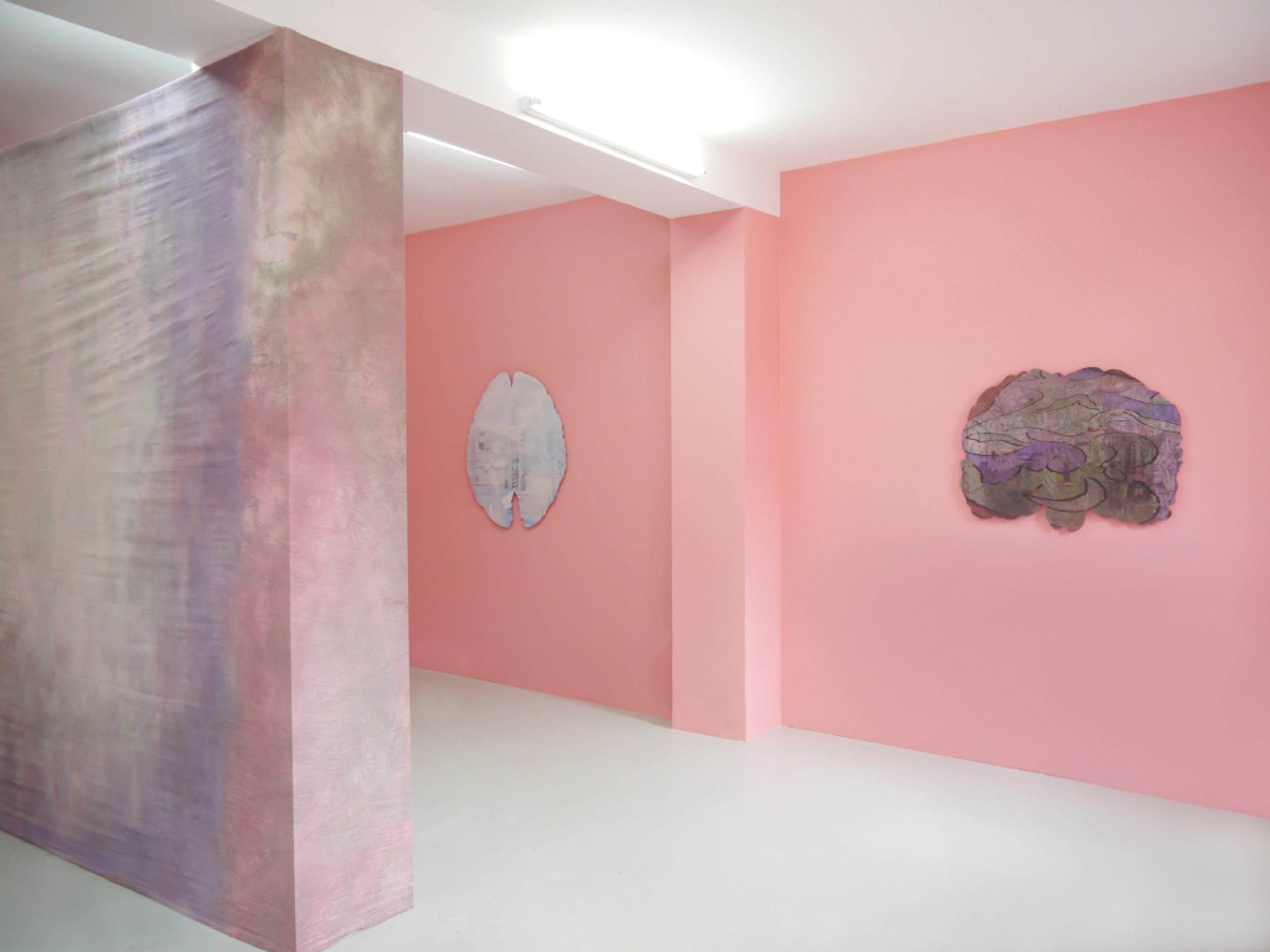
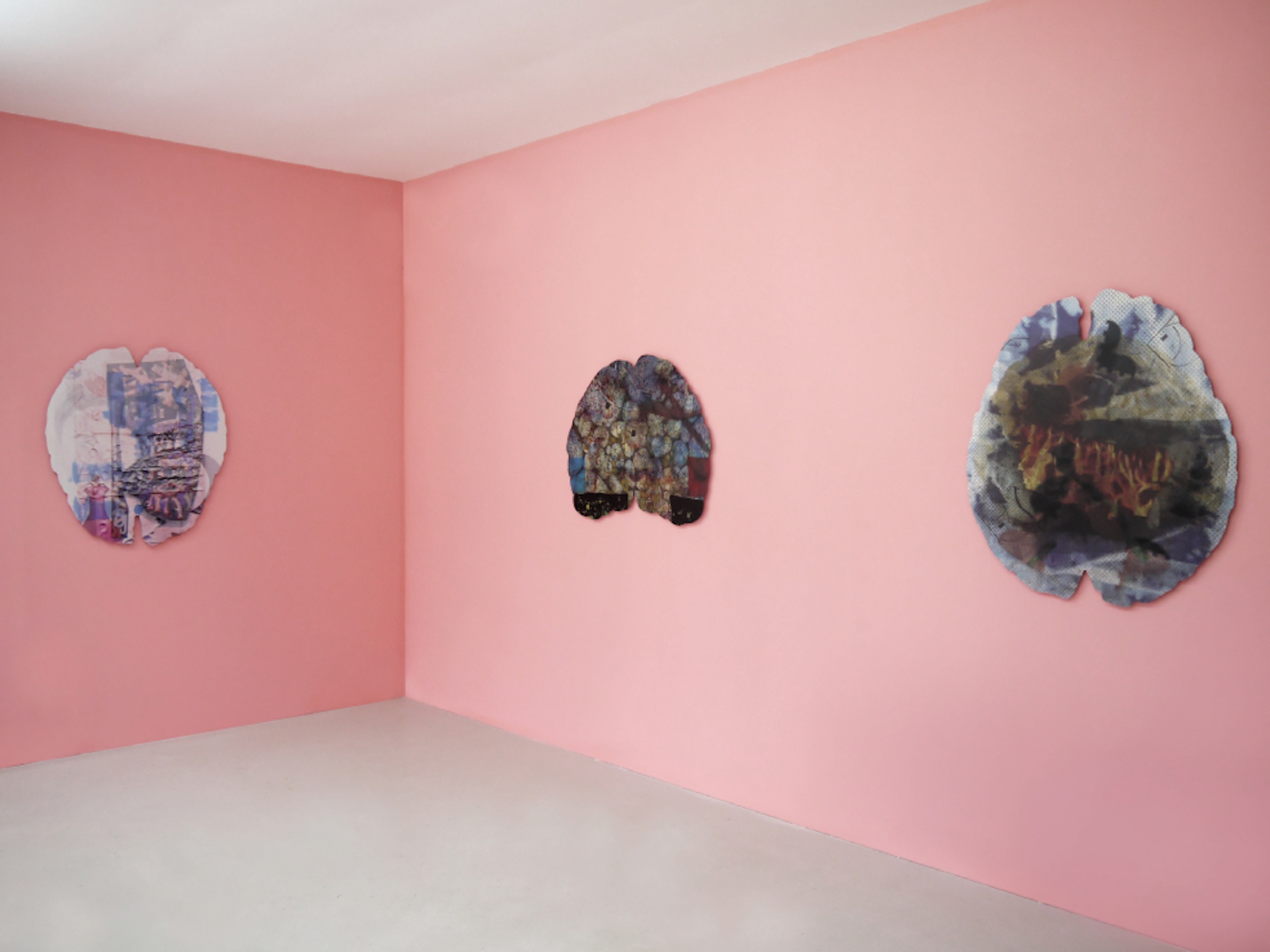
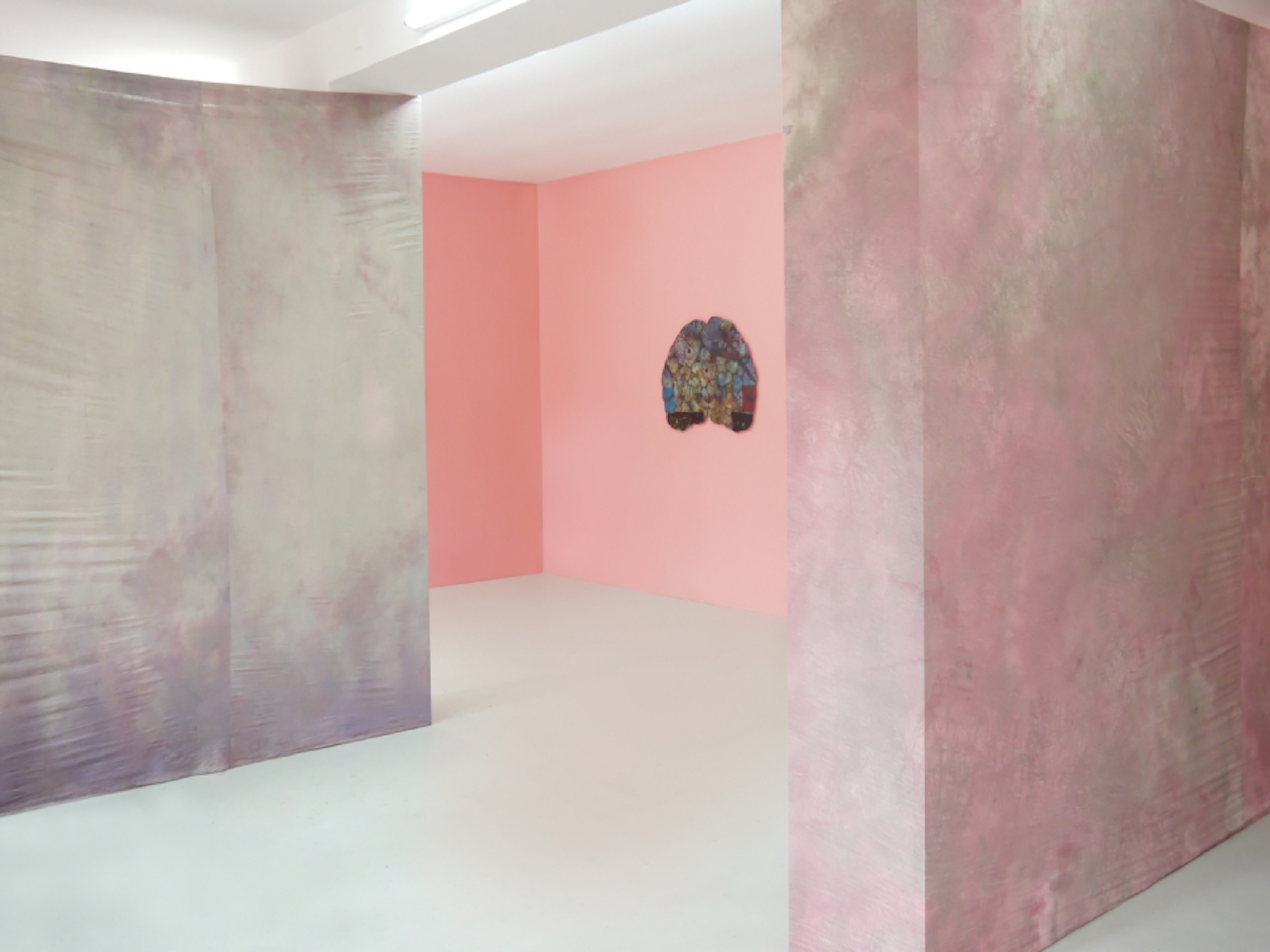
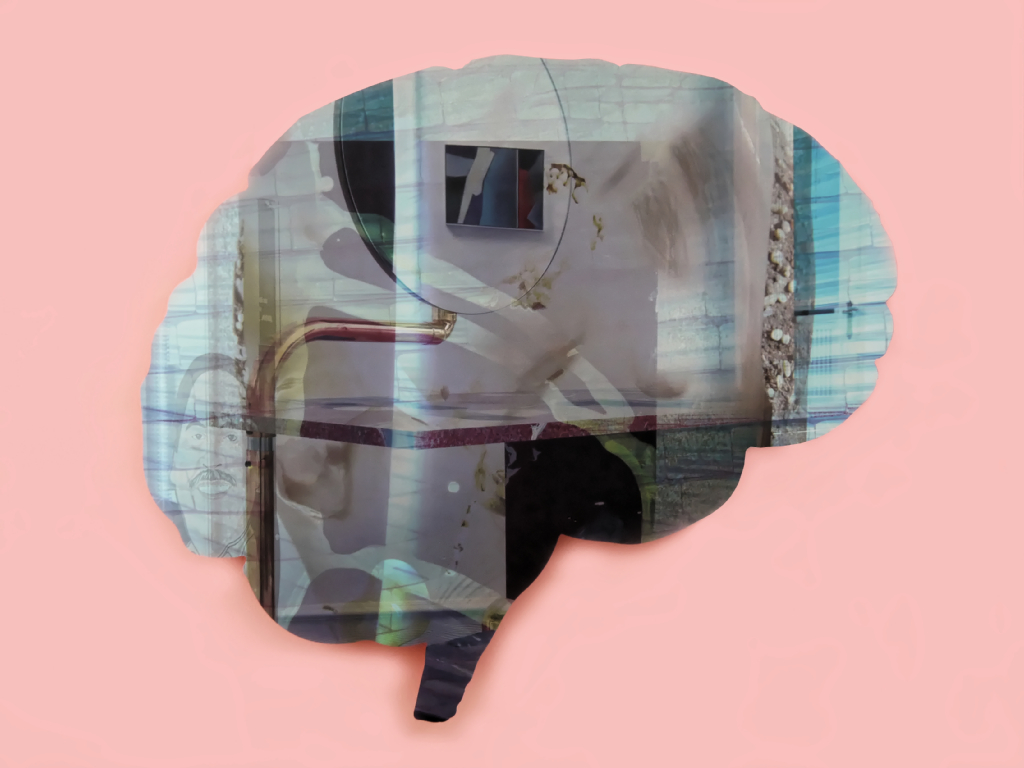

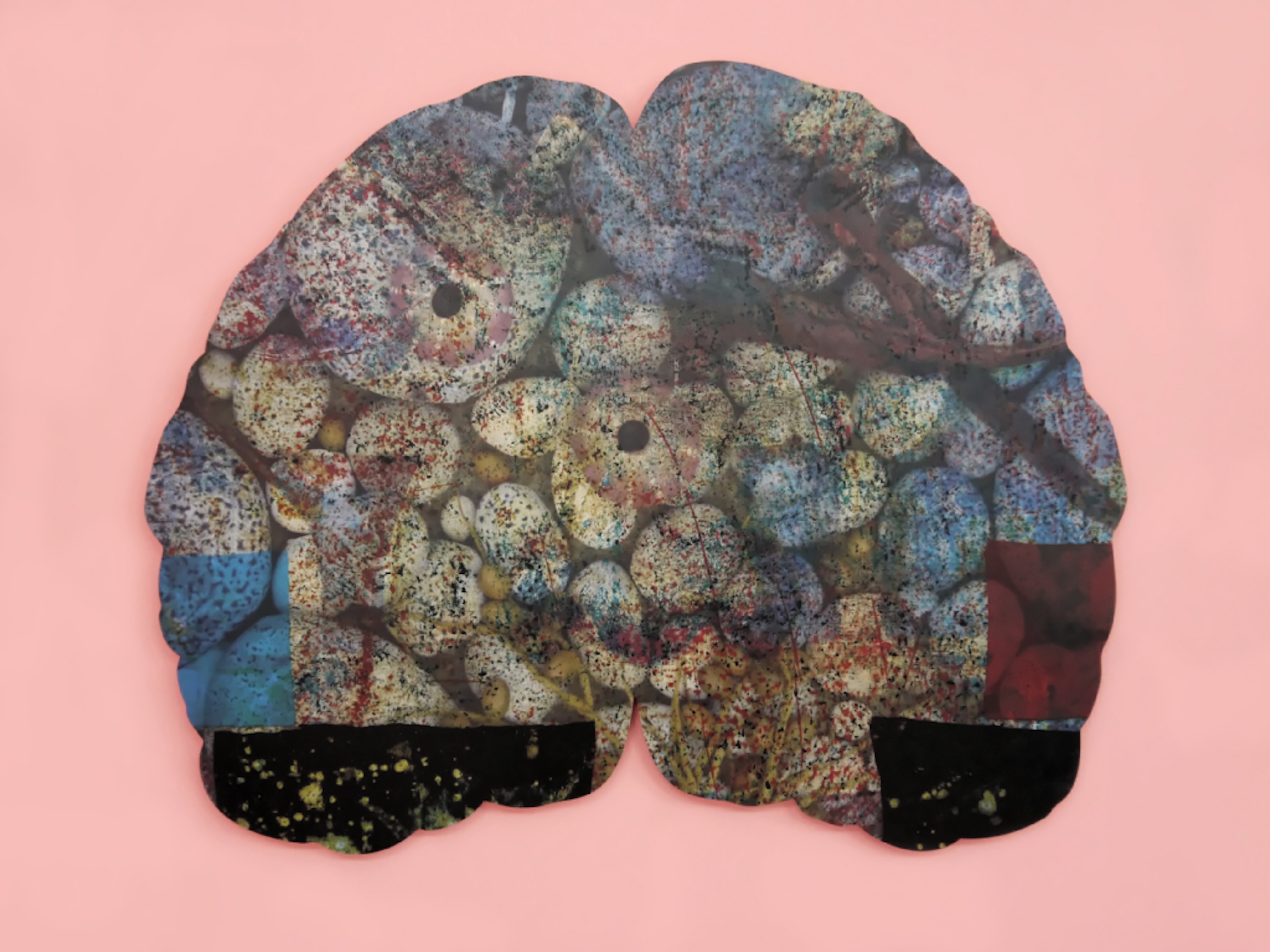
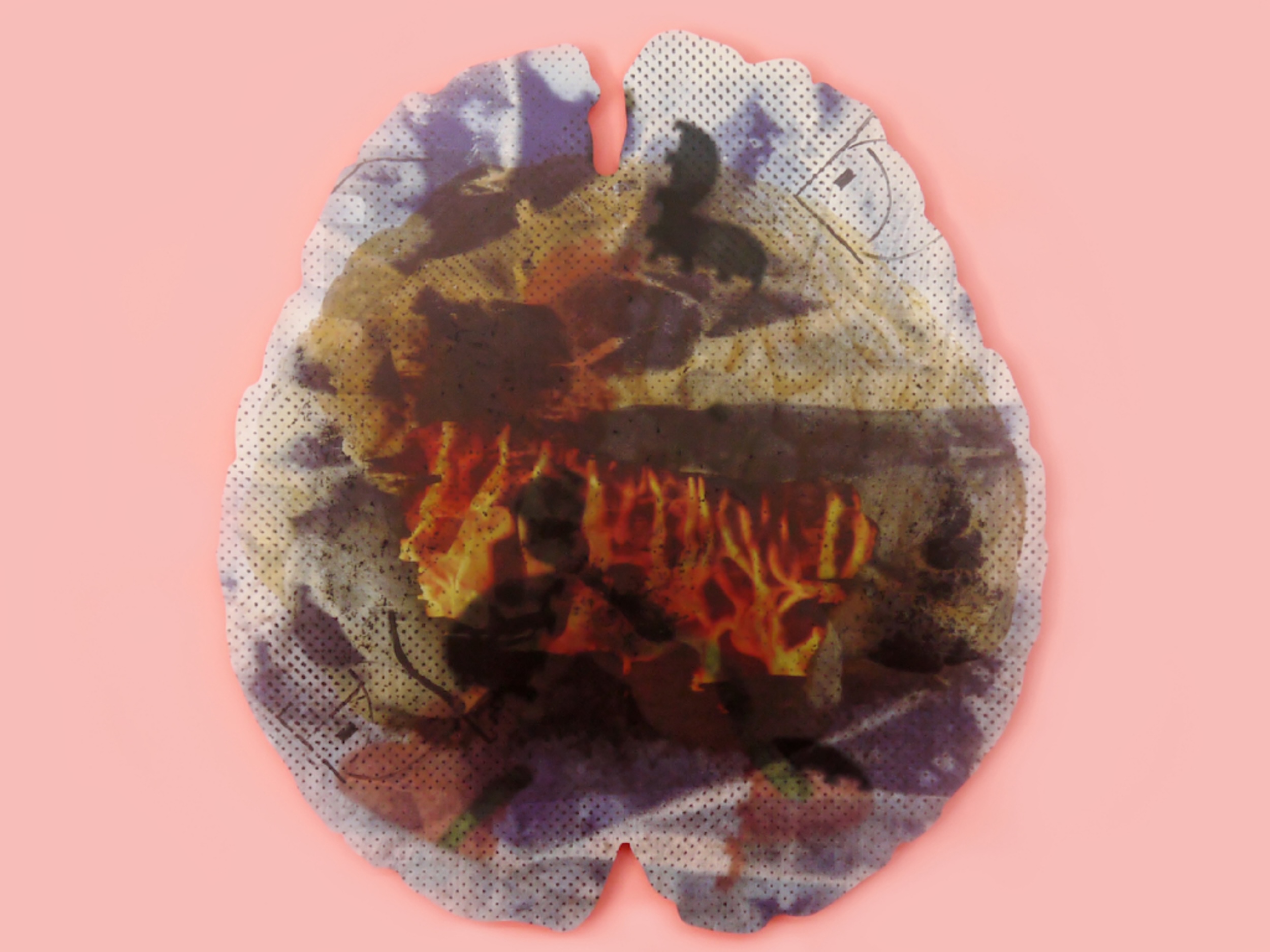
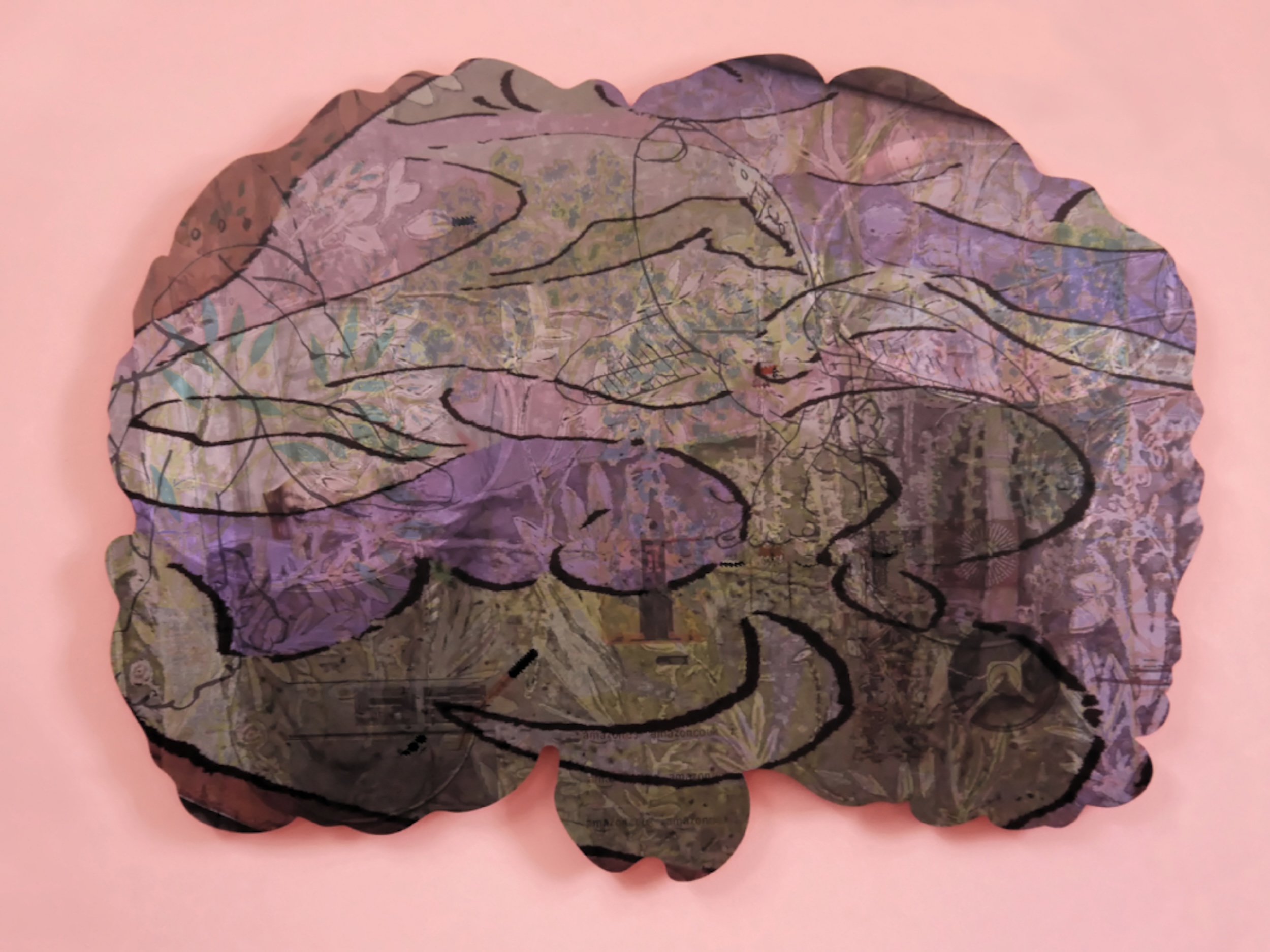
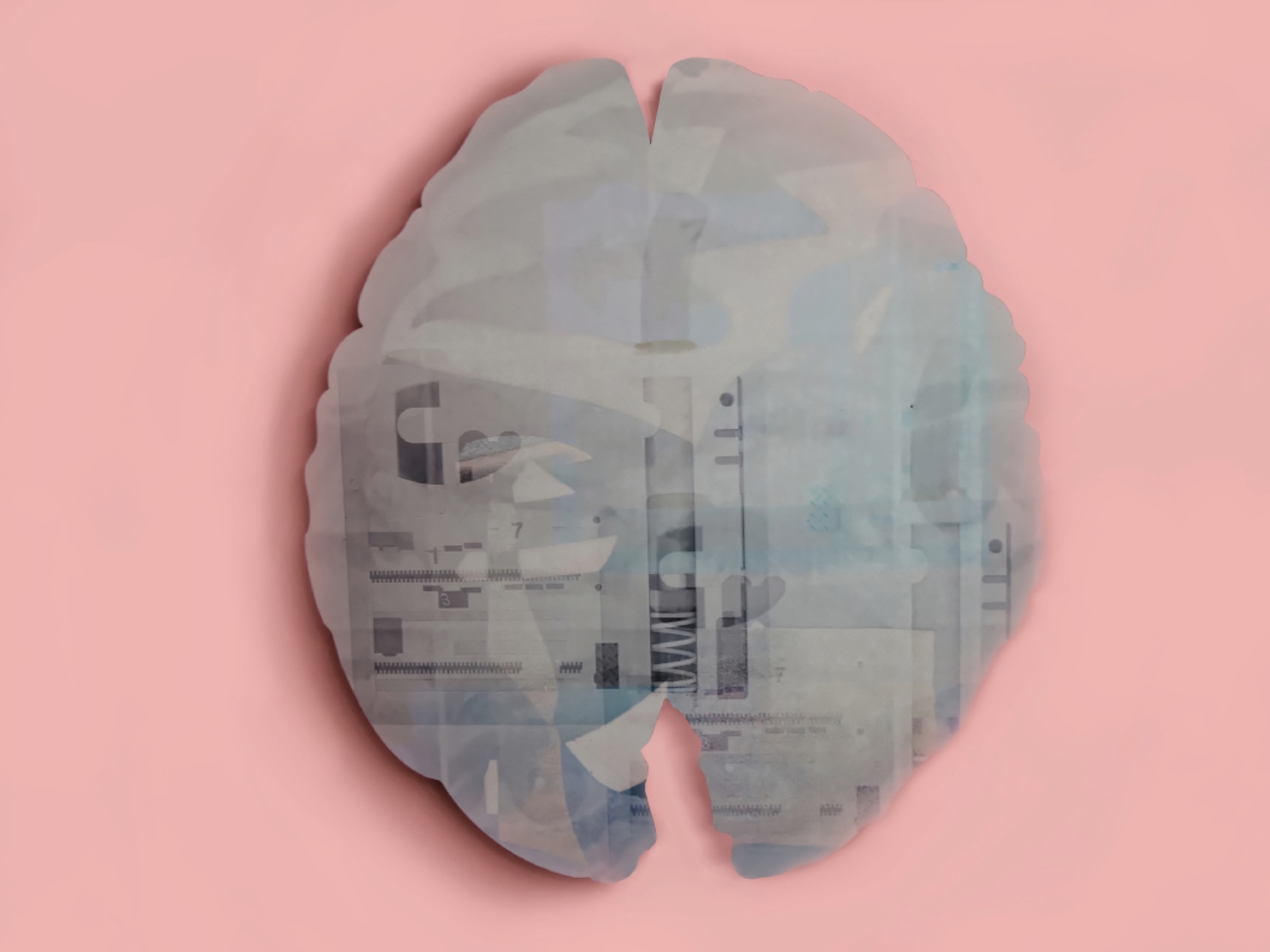
“Don’t have memory? Rent one or several.” declared philosopher Jean-François Lyotard in the catalogue for Les Immatériaux, an exhibition held at the Centre Pompidou in Paris in 1985, in the section on artificial memories. He continued:
**“The great process of externalization (banking) of memories is beginning — here, artistic ones. Memory used to inhabit us; now, we access it, consult it. You can even request ‘artist-pages’: an imaginary museum. The beginnings of a solution to the infernal problem of storage. But what is the machine that handles sensitivity?”**¹
From the stroboscopic flow sprawling across our screens, we are often left with constellations of alluring images — colors, shapes, textures; materials, artist names, sources, and exhibition venues all blur together. Our ability to concentrate is increasingly comparable to hyper-attention²: our overactive grey matter demands constant stimulation, ingesting ever more content than our human memory alone can retain. By comparing the human body to hardware³ and behavior to software⁴, sociologist Theodor H. Nelson⁵, in the early days of computer and technological development in the 1960s, drew a parallel between Human and Machine. Since then, our central unit seems to have developed nerve cells better suited to our new mode of image consumption, enabling faster assimilation and storage.
Our neurons thus construct a part of our brain into a kind of Adobe™ suite, complete with photo-editing software, page layout tools, and graphic design programs — all in service of our memory. Our brain, therefore, has the resources to transform the overflow of artworks into raw material. The resulting collages from these processes, displayed here on fabric backdrops typically used by photographers, will later become digital data, which in turn may serve as potential material for creating artworks. Such is the ecosystem of Mental Matter, turning our skull into an unlimited exhibition space.
¹ From Inventaire, a publication released in conjunction with the event Les Immatériaux, held at the Centre Pompidou in Paris from March 28 to July 15, 1985.
² The term Hyper-Attention was defined by literary critic N. Katherine Hayles (St. Louis, 1943) in 2007 as a form of media-stimulation dependence, characterized by multitasking and processing multiple sources of information. She contrasts it with Deep Attention, a longer and more focused mode of concentration, such as that required for sustained reading.
³ Hardware refers to computer equipment or physical devices.
⁴ Software is the English term for computer programs or applications.
⁵ Theodor Holm Nelson (Chicago, 1937) is an American sociologist and pioneer in the history of information technologies. He is notably credited with coining the term hypertext, central to his Project Xanadu, launched in 1960, which foreshadowed the Internet’s HTTP protocol as we know it today.